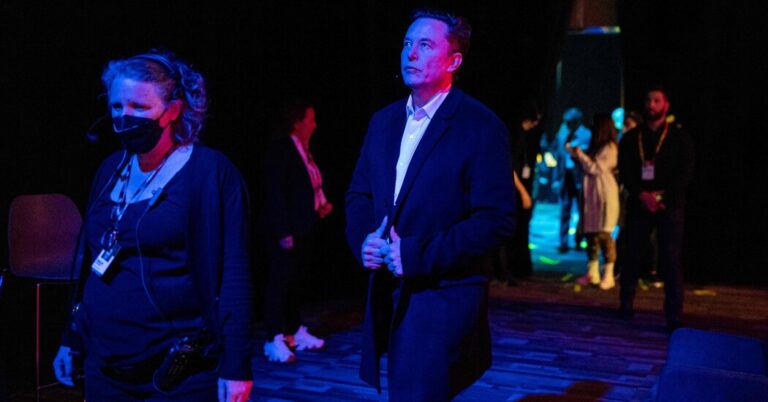First Republic Bank Is Sold to JPMorgan: What to Know
Does this mean deposits are safe?
Yes. The F.D.I.C.’s rules guarantee that deposits up to $250,000 will be covered, per depositor, per bank. The insurance coverage categories include checking and savings accounts and certificates of deposit. People who have a joint account with someone else, like a spouse, each get $250,000 in coverage, for a potential total of $500,000 in a single joint account.
People with different types of holdings can add them up. If the total does not exceed $250,000, multiple holdings — say a $50,000 savings account and a $20,000 certificate of deposit — will be covered. And the insurance is automatic.
Customers of Silicon Valley Bank and Signature Bank did not lose any of their deposits. Regulators opted to pay all depositors back in full after invoking the “systemic risk exception,” which is intended to protect against systemwide destabilization.
In First Republic’s case, JPMorgan will assume the lender’s deposits, which would eliminate the need for the government to grant a systemic risk exception.
What about First Republic’s stock?
The stock will be delisted. When a bank is seized by the government, its common shareholders are wiped out. In this case, First Republic shareholders, along with its debt holders, will not receive anything. JPMorgan Chase said that it would not assume First Republic’s corporate debt or preferred stock.
Does anything happen to mortgages?
The short answer is: Nothing meaningful. With any purchase and assumption agreement, the acquiring bank takes over any loans on the balance sheet, including mortgages, Ms. Heitz said.
Can customers keep going to First Republic branches?
Yes. All offices of First Republic reopened on Monday as branches of JP Morgan Chase. They will keep operating as usual, and over time customers will get access to JP Morgan Chase’s network of branches, as well.
Maureen Farrell contributed reporting.
Check out our Latest News and Follow us at Facebook
Original Source







